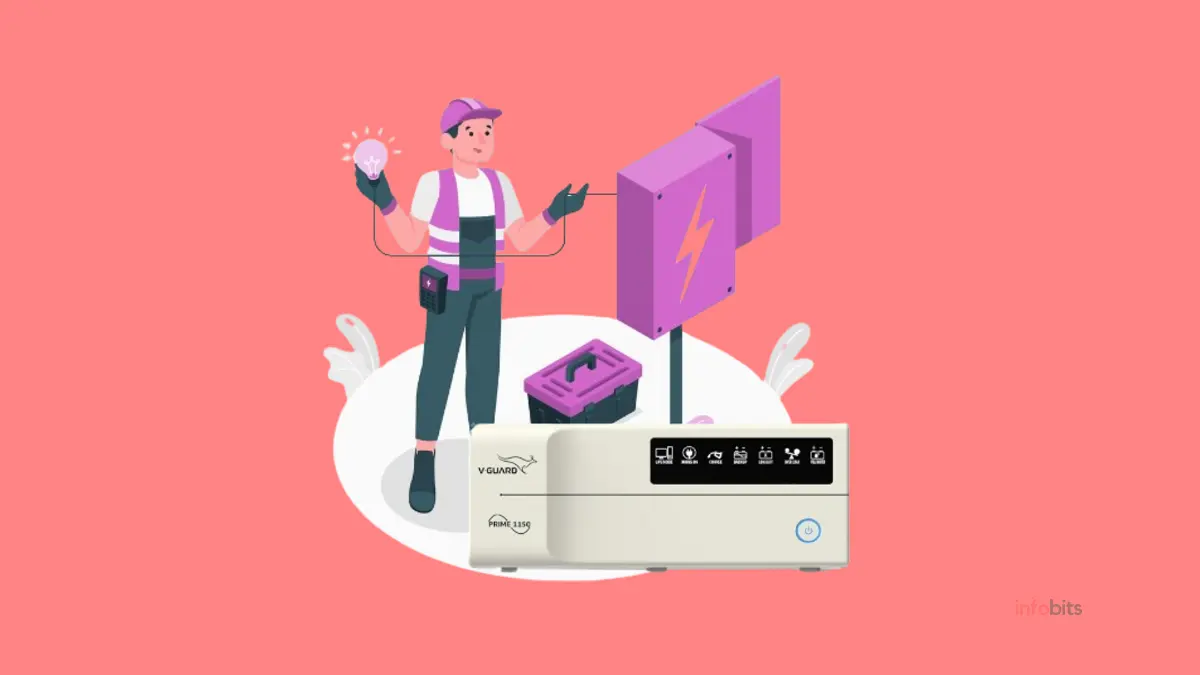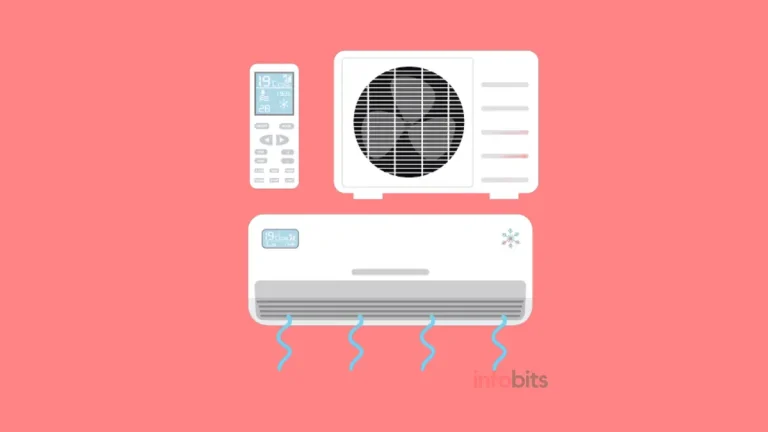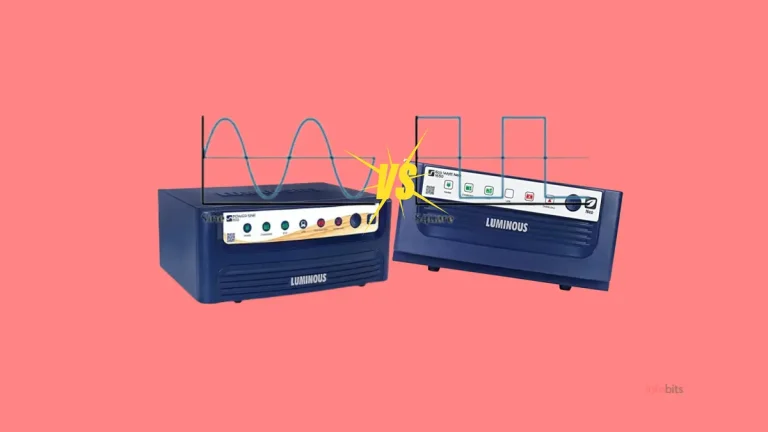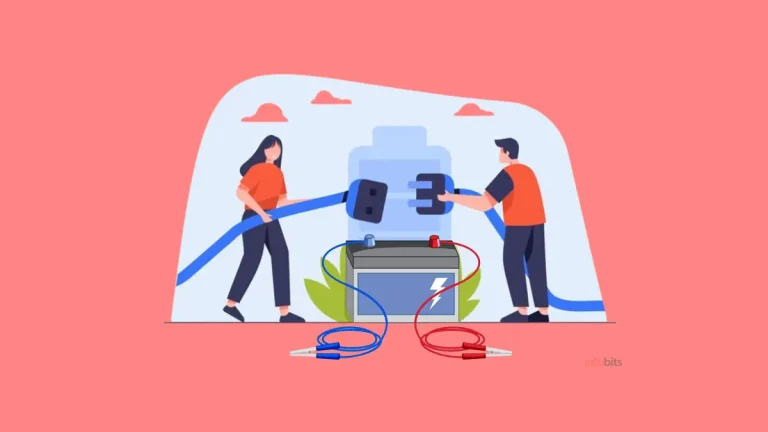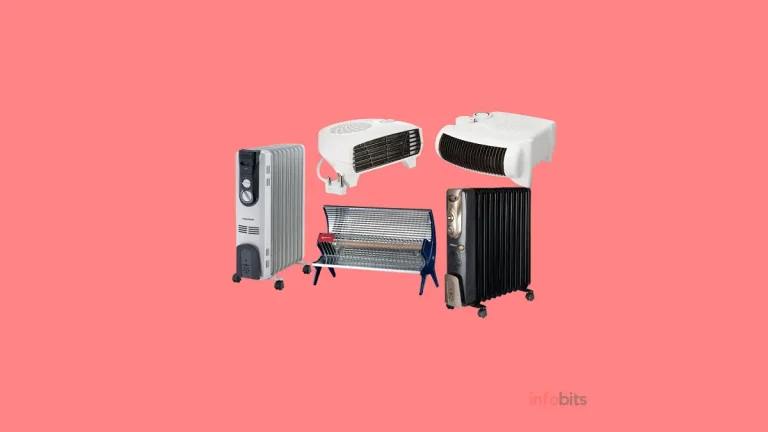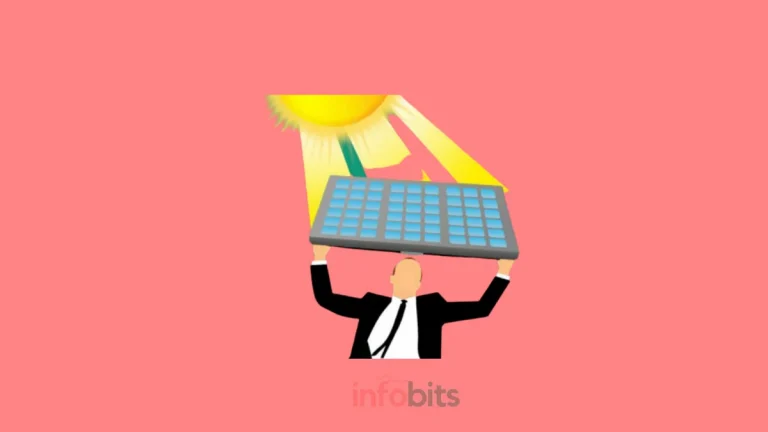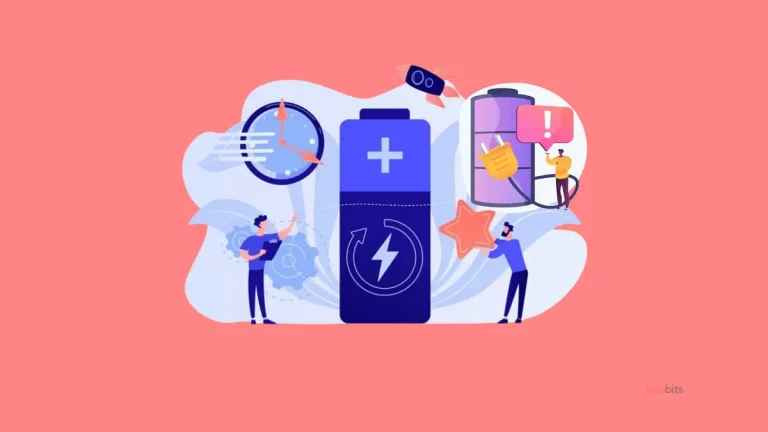How to Fix the Inverter Overload Problem Efficiently?
An inverter is an important device for converting DC (Direct Current) power to AC (Alternating Current) power, which provides us with an uninterrupted supply of electricity.
However, one major issue that consumers frequently face with inverters is the inverter overload problem.
Overloading happens when the power demand from the electrical appliances connected to the inverter exceeds the inverter device’s capacity, potentially causing system damage or failure.
Understanding the causes of inverter showing overload and executing effective remedies is critical for preserving the inverter’s best performance and durability.
In this article, we will look at troubleshooting, load management, inverter capacity upgradation, ventilation and cooling, monitoring, and seeking expert help to solve the overload problem in inverters.
Let’s look at some ways to ensure a smooth and continuous power supply from your inverter.
1. Understanding the Inverter Overload Problem
We know that an inverter is an electronic device that converts direct current (DC) electricity from a battery or solar panels into alternating current (AC) power, which may then be used to power home appliances.
Inverters are frequently utilized in places where there is no access to the electrical grid or during interruptions in the main power supply.
1.1 What is an overload problem in inverters?
When the power demand from connected appliances exceeds the inverter’s capacity to produce electricity, an overload problem arises.
This can result in overheating, decreased efficiency, and potentially inverter or electrical appliance damage.
1.2 Why is it important to address the overload problem?
A lot of users are confused about what to do when the inverter shows an overload problem or they are completely blind to how to reset inverter overload.
Addressing the issue when the inverter is overloaded is critical because it not only prevents potential damage to the inverter and appliances but also ensures the electrical system runs smoothly.
By appropriately regulating the load, you may maximize the inverter’s efficiency and longevity while preventing costly repairs or replacements.
2. Identifying the Causes of Overload in Inverters
Before going through the inverter overload problem solution, let us understand the reasons behind the overload in the inverter.
2.1 Overloading due to excessive power consumption
The usage of energy-hungry appliances, such as air conditioners or refrigerators, which use a substantial amount of electricity, is a typical source of inverter overload.
Overload can occur if the total power consumed exceeds the capacity of the inverter.
2.2 Overloading caused by a faulty electrical appliance
An overload problem can also be caused by a defective electrical device on the load side.
A faulty appliance, for example, with a short circuit or high power consumption, might impose a strain on the inverter, resulting in overload problems.
2.3 Overloading due to improper wiring or circuit design
Overload issues in inverters can be caused by improper wiring or circuit design.
When wiring is not adequately scaled or circuits are not properly distributed to carry the load current, it can result in uneven power distribution and overloading of certain circuits, which may end up overloading the inverter.
2.4 Overloading due to dust accumulation
Even if none of the aforementioned causes exist, the inverter may be overloaded. The primary cause is dust collection in the inverter components and PCB.
When a significant quantity of dust is formed in the power circuits, including power transistors and transformers, the temperature of these components may rise, and the inverter will act similarly to when it is overloaded.
In this case, the inverter may show overload without any load.
3. Effective Troubleshooting Techniques for Overload Issues
3.1 Initial Power Load Evaluation
To solve overload problems, you must first determine your electrical system’s actual power load requirements. Identify the power-hungry appliances and try to balance their usage to prevent overloading the inverter.
3.2 Analyzing the inverter’s load capacity
Check your inverter’s specs to discover its load capacity.
Check that the overall power demand of the appliances connected to the inverter does not exceed the inverter’s stated power. Consider upgrading to a higher-capacity inverter if necessary.
3.3 Identifying and addressing specific load imbalances
If certain circuits or appliances routinely cause overload, it is critical to identify and correct any specific load imbalances.
This can involve shifting the load over many circuits, employing power management technologies, or replacing problematic appliances.
4. Implementing Proper Load Management in Inverters
4.1 Spreading the load evenly
To avoid overload, distribute the load equally over multiple circuits and times. Avoid using power-intensive equipment at the same time, and attempt to balance your power use throughout the day.
4.2 Utilizing load-shedding techniques
During moments of overload, load shedding entails temporarily limiting the power supply to some non-essential items.
This method prioritizes power delivery to vital items and keeps the inverter from being stressed.
4.3 Prioritizing Essential Appliances During Power Shortages
Prioritize vital appliances such as lights, refrigeration, or medical devices in the event of a power outage or insufficient battery capacity.
By prioritizing these appliances, you may ensure that the most vital functions are maintained even when power is restricted.
Remember that dealing with the overload issue necessitates a mix of knowing the reasons, troubleshooting procedures, and correct load control.
By following these procedures, you can guarantee that your inverter operates efficiently and reliably while preventing overload problems.
5. Upgrading Inverter Capacity to Prevent Overload
We said in the previous paragraphs that we need to raise the inverter’s load capacity if it consistently fails to deliver the associated load and gets overloaded.
Let us explore how we can determine whether the inverter capacity has to be increased.
5.1 Assessing the current inverter capacity
Is your existing inverter having trouble keeping up with your power-hungry devices? It could be time to enhance its capacity.
First and foremost, determine the current capacity of your inverter. Don’t worry; no sophisticated arithmetic skills are necessary to find this out.
Simply look at the specs or label on your inverter to determine its maximum load capacity in watts.
5.2 Determining the required capacity for the load
Now that you know your inverter’s power capacity, it’s time to calculate the capacity necessary to accommodate your load.
Make a list of all the devices that are connected to the inverter, as well as their power ratings. Add these ratings together to get the total load that your inverter must support.
Remember to leave enough room for unanticipated power spikes or future device additions.
Related: How to Select the Right Inverter and Battery for Home in India?
5.3 Steps for upgrading the inverter capacity
It is simpler than you think to increase the capacity of your inverter. After determining the needed capacity, you may begin looking for a replacement inverter that meets or exceeds that figure.
Consider models with a larger load capacity to disperse the load. Remember that upgrading may require extra circuitry or wiring adjustments, so consult an expert if necessary.
6. Ensuring Adequate Ventilation and Cooling for Inverters
6.1 Importance of proper ventilation for inverters
Inverters, like people, must keep cool to avoid overheating. Proper ventilation is essential for ensuring their longevity and preventing performance problems.
Place your inverter in a well-ventilated place to give it some breathing room. Avoid cramming it into small cabins or covering it with mounds of garments; instead, let it enjoy the fresh air!
6.2 Placement considerations for optimal cooling
Think wisely when it comes to inverter placement. Place it in a cool place, away from direct sunlight and other sources of extreme heat.
Also, provide adequate room around the inverter for air to flow. It shouldn’t feel like it’s stuck in a packed elevator at rush hour.
6.3 Tips for Improving Inverter Cooling Efficiency
Here are some helpful hints for keeping your inverter cool and calm. Regularly clean the air vents to avoid dust collection, which can function as a warm blanket.
To improve air circulation, utilize fans or build cooling systems near the inverter if possible.
You may even channel your inner interior designer by mounting the inverter on a higher platform or adding heat sinks for additional cooling power.
7. Monitoring and Maintenance Practices to Avoid Overload
7.1 Regular monitoring of power consumption
Knowledge is power, and it can assist in preventing power overload in this scenario.
Keep an eye on your power use by constantly monitoring the load on your inverter. Identify any power-hungry offenders and consider optimizing their consumption or seeking more energy-efficient alternatives.
7.2 Periodic maintenance of the inverter system
Maintenance may not be the most thrilling term in the language, but it is required to maintain your inverter in good working order.
Examine for any loose connections, corrosion, or evidence of wear and tear. Keep dust and debris at bay by cleaning the inverter and its environs.
Remember that a little maintenance may go a long way toward minimizing overload problems.
7.3 Troubleshooting common issues proactively
Nobody loves tragic surprises, especially when they involve their inverter.
Proactively troubleshoot common difficulties to be one step ahead. Read the user manual and learn about the usual warning indications of an overloaded inverter.
Is it producing unusual noises or giving out a burning odour? Address these flaws as soon as possible to avoid potential failures.
8. Professional Assistance and Expert Guidance for Inverter Overload
When everything else fails, don’t be afraid to seek expert help. Sometimes the challenges are too complex or technical for our do-it-yourself talents.
Contact specialists who may contribute their experience and take you through the process of overcoming inverter overload.
They will save you time and guarantee that your inverter is back to its dependable, energy-saving self in no time.
9. Conclusion
Finally, addressing and resolving the overload issue in inverters is critical for the system’s effective operation and lifetime.
Users can prevent and resolve overload issues by understanding the causes of overload, implementing effective troubleshooting techniques, properly managing the load, upgrading the inverter capacity when necessary, ensuring adequate ventilation and cooling, and practising regular monitoring and maintenance.
Remember that obtaining professional assistance and guidance from experts can give vital insights and assure your inverter’s best operation.
By implementing these measures, you can ensure that your inverter provides dependable and uninterrupted electricity for many years to come.
10. Frequently Asked Questions
Yes, using an inverter in overload situations regularly might cause extended damage to the system. Overloading places excessive stress on the components, potentially resulting in overheating and failure. To minimize long-term damage, it is critical to treat overload issues as soon as possible.
Monitoring your inverter’s indications, such as warning lights or error codes, can help you spot an overload problem. Furthermore, if your electrical appliances are not receiving enough power, circuit breakers are tripping, or the inverter is producing weird noises, this might signal an overload problem.
While adding extra batteries may enhance your inverter’s storage capacity, it does not necessarily boost the inverter’s total capacity and power. It is advised that the inverter itself be upgraded to guarantee that it can manage the increasing power needs.
Simple overload concerns, such as spreading the load or limiting power usage, can be resolved without the need for expert assistance. However, if the overload problem persists or you are unclear about the underlying reason, you should get expert help to minimize any potential hazards or further harm.
We hope you are interested in our articles and consider following our Facebook, Instagram, and Twitter pages for regular updates.
Subscribe to our free newsletter to get similar articles and regular updates directly in your Email Inbox.
Also, share this article with your friends and relatives. Bookmark this page for future reference.

